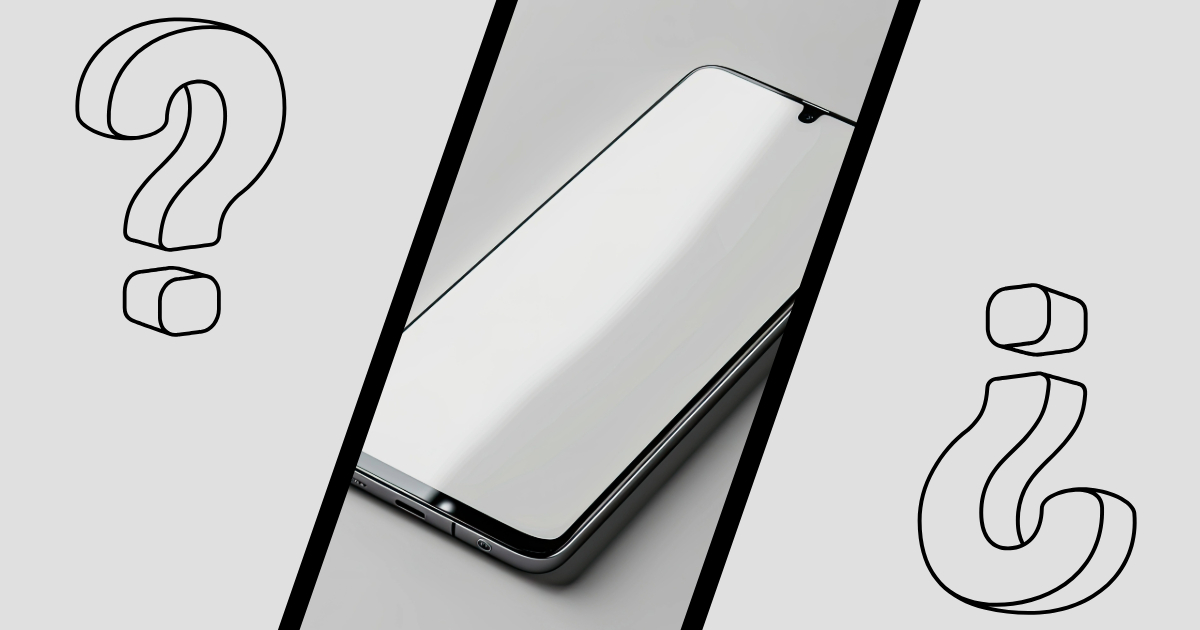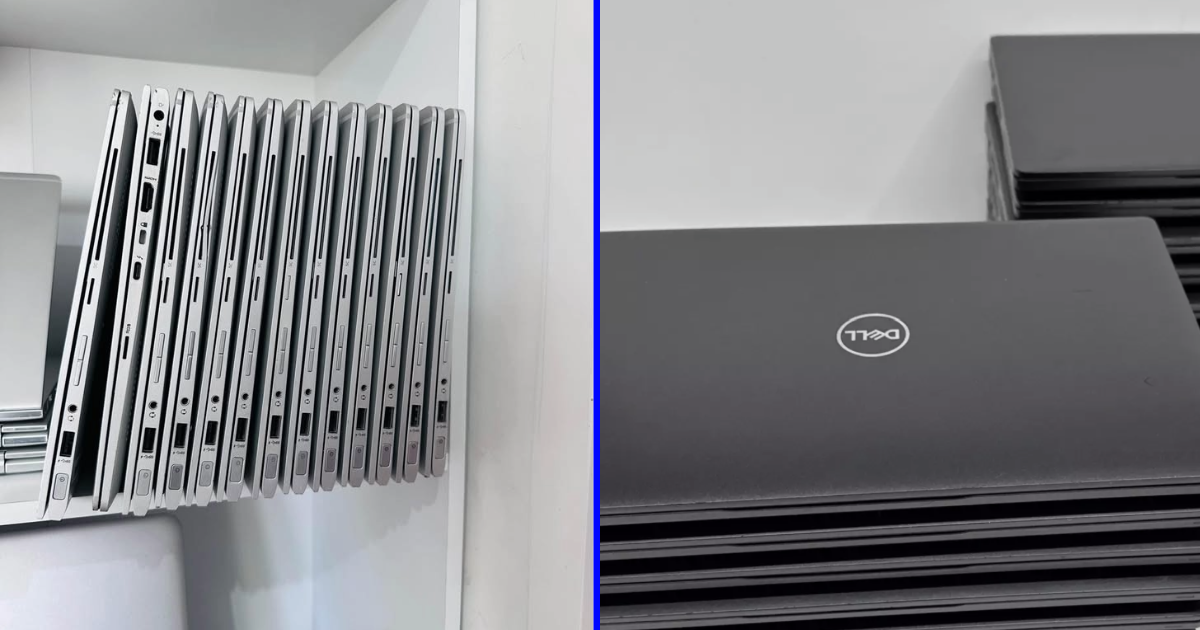
Month: January 2020
Posted Date:
-

WhatsApp Launches Call Waiting
WhatsApp, the Facebook-owned cross-platform messaging and Voice over IP service, recently introduced its call waiting feature for voice and video callers. The feature sends a notification if someone calls you while you’re…
-
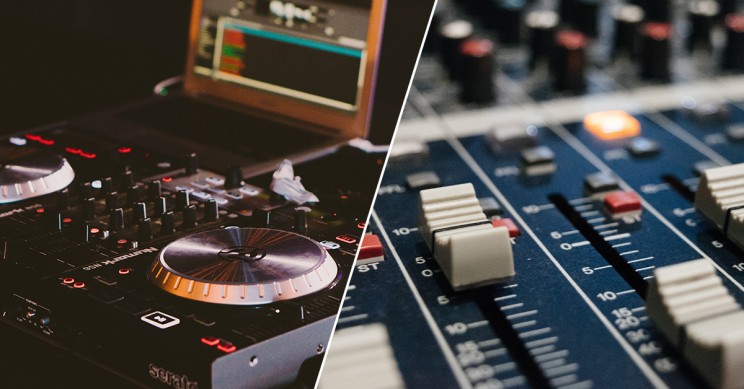
Teaching Music and Art through Technology
Technology Nowadays, we can gain knowledge almost everywhere we look at the touch of a finger, and we can make the most out of this advantage. Technology can be used to teach…
-
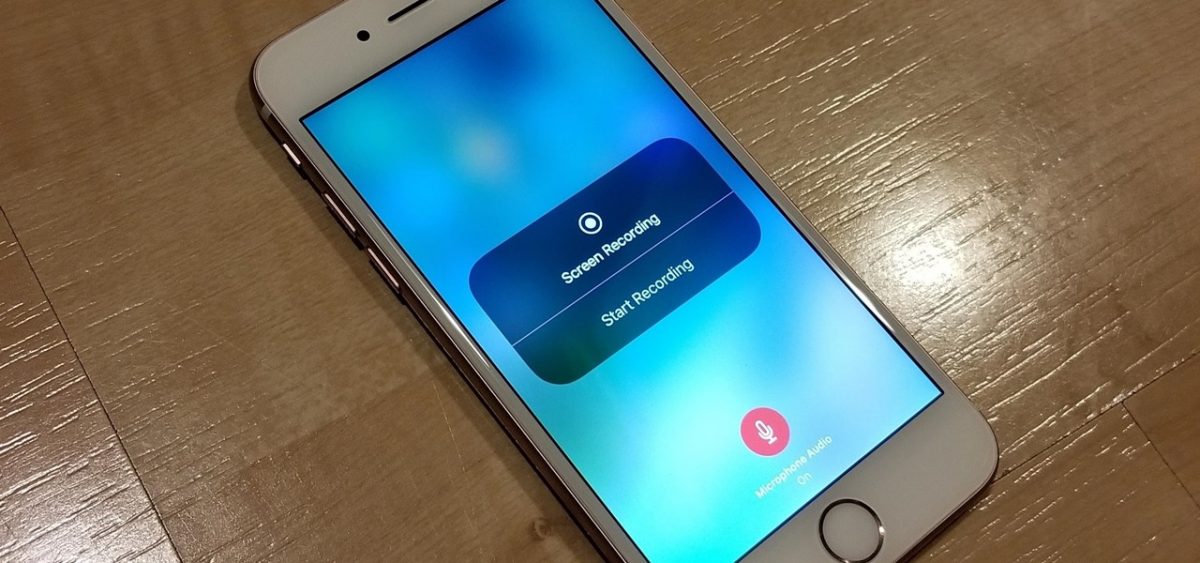
How to Record Screen Actions on Your iOS 11 Phone
There are times when you need to record what happens on the screen of our iPhone or iPad to show someone how to use an app or to report a bug. Although…
-
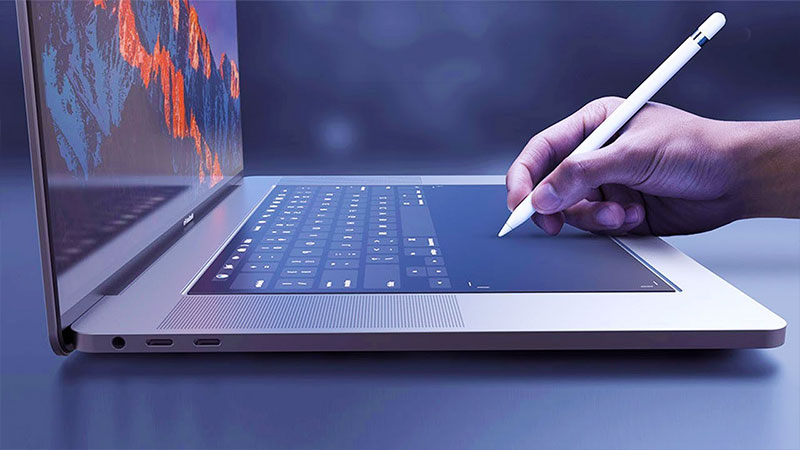
Finding the Right Laptop for You: A Handy Guide
Are you looking to buy your first laptop? Or maybe you’re looking to sell your laptop online to upgrade to a newer model? Perhaps you’re an entrepreneur looking for a laptop that…
-
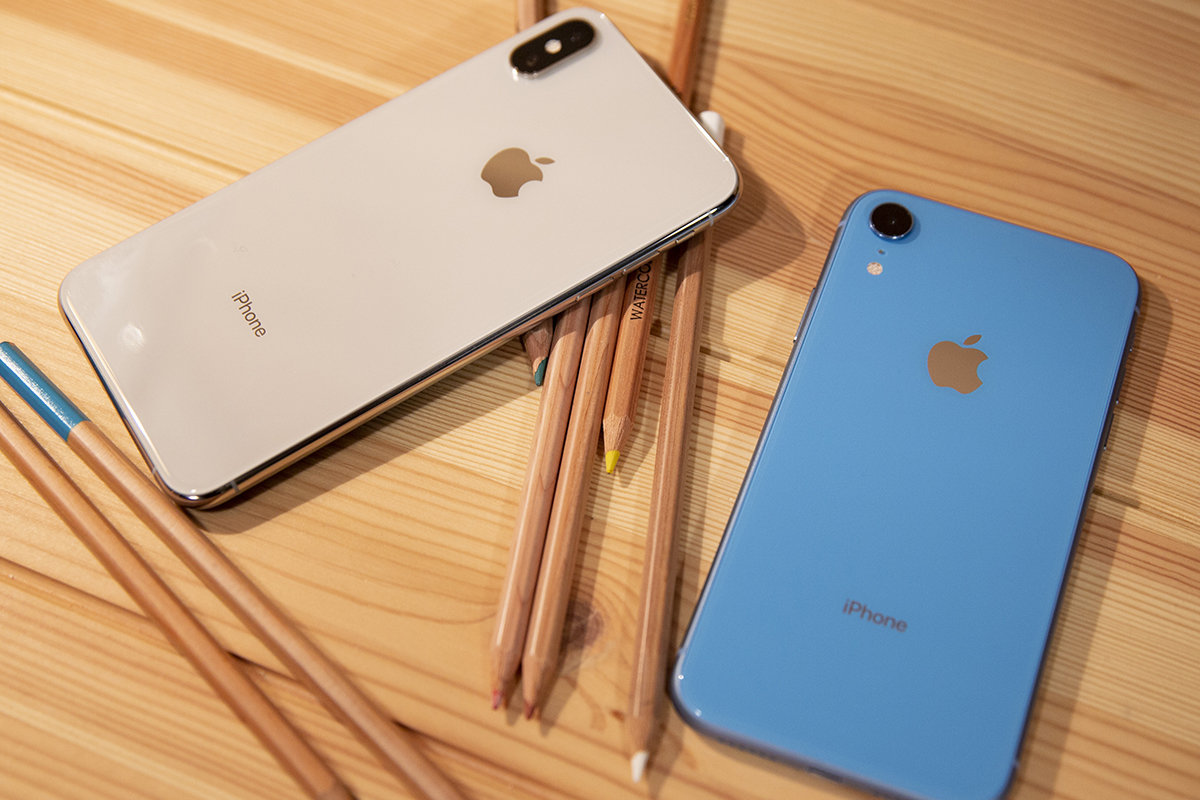
Apple Rumored to Release Five New iPhones in 2020
2020 is rumored to witness the release of several new iPhone models, according to predictions by some of the industry’s noted analysts. Predicted iPhone Models Another prediction by Samik Chatterjee, a J.P.…



